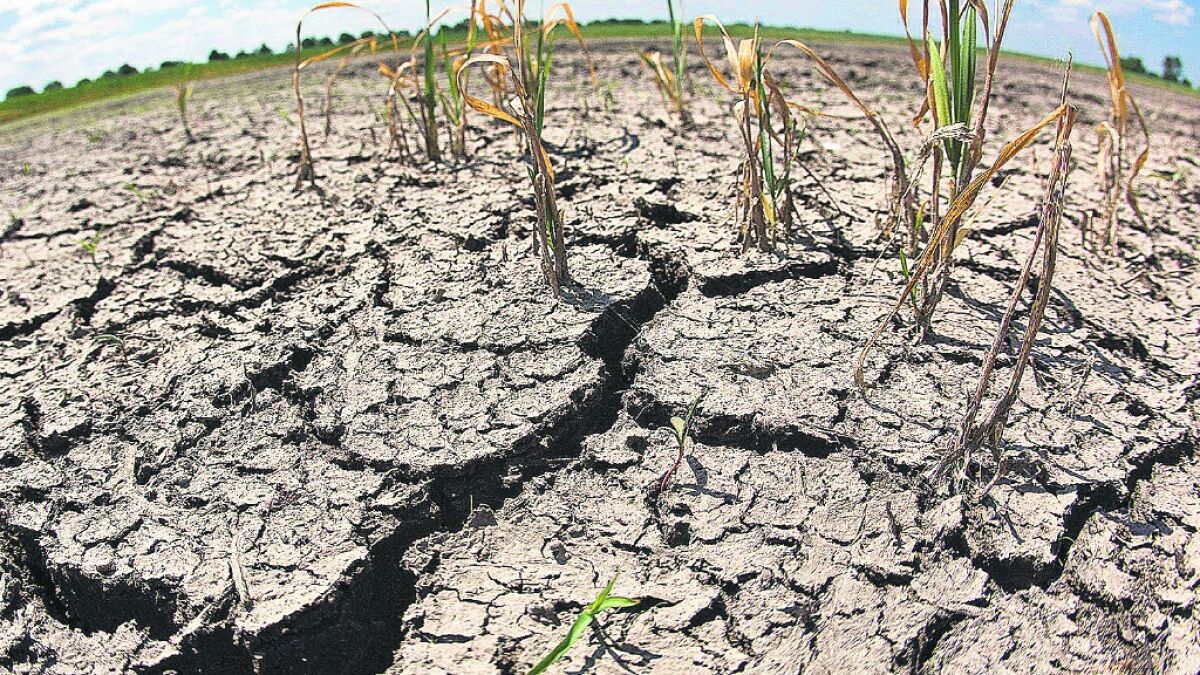The Ministry of Livestock, Agriculture and Fisheries works to prevent another water and forage deficit in the national field.
He Ministry of Livestock, Agriculture and Fisheries (MGAP) These days it is studying new measures to help the countryside given the possibility that the La Niña phenomenon can bring a new drought in the middle of the year, something that could force us to declare again a agricultural emergency.
The content you want to access is exclusive to subscribers.
From the government portfolio they are already working on the possible scenario of water and fodder deficitdays after the end of the previous agricultural emergency (except for horticulture), which lasted for more than a year.


He Director of Decentralization of the MGAP, Luis María Carressereminded Radio Uruguay that tax credits are still valid so that producers can incorporate irrigation infrastructure, in addition to other tools made available by the Ministry of Industry, Energy and Mining (MIEM) for the incorporation of solar pumps in the agricultural sector.
During the drought Last year, between 9,000 and 10,000 producers took out soft loans, breaking records in the records of the República Microfinanzas system. This type of loan has a subsidized interest rate and flexible repayment conditions.
“We still have the scars”
“We are seeing that there are already some forecasts of a possibility of the return of The girl In the middle of this year, we may fall into a drought again,” the leader emphasized. “This may not be nearly as big, but we still have the scars,” he reflected on the matter.
In addition, Carresse He explained that the accumulation of forage was also a record throughout the country, and that producers planted corn, sorghum and greens like never before, fearing a potential context of urgency.
“Today the drilling rigs don’t stop drilling wells, people are creating drinking fountains,” he added. Carresseand added that there is a “large amount of forage, bales and silo packs” prepared for an eventual inclement weather, and that producers are waiting with “the corn already in bloom” and “ready for harvest.”
Source: Ambito




